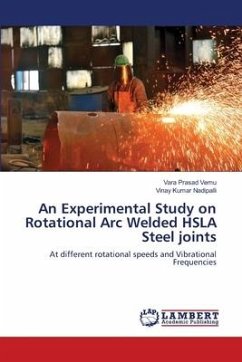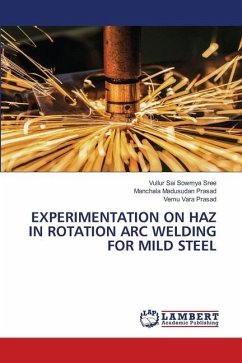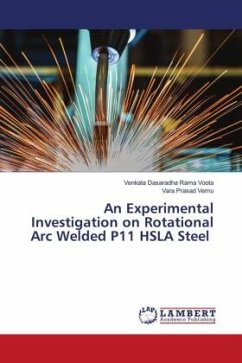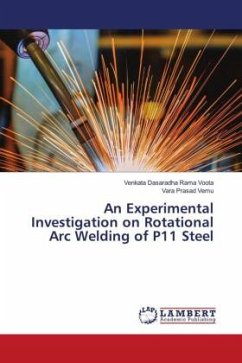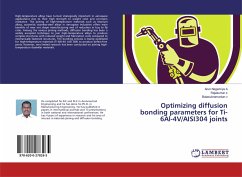The need for reduction of CO2 emissions has lead to seek new ways of reducing weight in automobiles. Tailored blanks combining steel and aluminum alloys could be very advantageous for light-weight engineering in automotive industry. The production of these tailored blanks requires new reliable and cost efficient joining methods, which yield joints with good properties. A new welding technique, the Cold Metal Transfer (CMT) process was introduced recently, which leads to higher productivity and lower heat input with respect to other gas metal arc (GMA) techniques. The microstructure formation and residual stress state in dissimilar steel to aluminum CMT welds are investigated here. The intermetallic phase seam between the filler and the steel consists of 2 to 3 phases, depending on the filler material and is only a few micrometers thick. A typical residual stress state of a weld without phase transformation is formed, as revealed by residual stress analyses. This work contributes to the knowledge in dissimilar joining and is therefore specially aimed to specialists of the automotive technology, as well as materials scientists and people interested in new joining techniques.
Bitte wählen Sie Ihr Anliegen aus.
Rechnungen
Retourenschein anfordern
Bestellstatus
Storno


